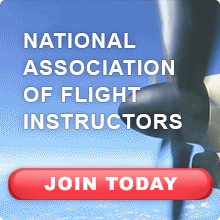Any Traffic Please Advise? CTAF Pet Peeves ~Guest Blogger Bob Meder NAFI Chairman Emeritus
 I'm going to, once again, give voice to one of my pet peeves: Radio calls at non-towered airports. The importance of the use of the radio at an airport cannot be overstated. Obviously, it helps everyone sort out how best to use the airspace and the airport itself. The proper use of the radio is also reassuring when it confirms where everyone is, although that doesn't relieve us or our students of being vigilant. Finally, it's one more way to avoid traffic conflicts or worse at a non-towered airport. I'm going to, once again, give voice to one of my pet peeves: Radio calls at non-towered airports. The importance of the use of the radio at an airport cannot be overstated. Obviously, it helps everyone sort out how best to use the airspace and the airport itself. The proper use of the radio is also reassuring when it confirms where everyone is, although that doesn't relieve us or our students of being vigilant. Finally, it's one more way to avoid traffic conflicts or worse at a non-towered airport.
What brought this to mind is that I recently conducted a flight review at a non-towered airport. In general, I was happy with my student's use of the radio. He made the appropriate calls when taxiing across runways, departing, arriving, and so on. No, it wasn't letter perfect to the AIM, but, then I don't think anyone is, including myself. | 
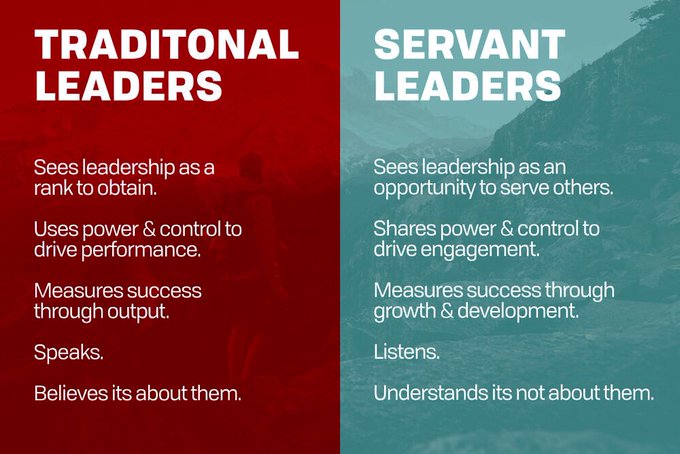
 I'm going to, once again, give voice to one of my pet peeves: Radio calls at non-towered airports. The importance of the use of the radio at an airport cannot be overstated. Obviously, it helps everyone sort out how best to use the airspace and the airport itself. The proper use of the radio is also reassuring when it confirms where everyone is, although that doesn't relieve us or our students of being vigilant. Finally, it's one more way to avoid traffic conflicts or worse at a non-towered airport.
I'm going to, once again, give voice to one of my pet peeves: Radio calls at non-towered airports. The importance of the use of the radio at an airport cannot be overstated. Obviously, it helps everyone sort out how best to use the airspace and the airport itself. The proper use of the radio is also reassuring when it confirms where everyone is, although that doesn't relieve us or our students of being vigilant. Finally, it's one more way to avoid traffic conflicts or worse at a non-towered airport.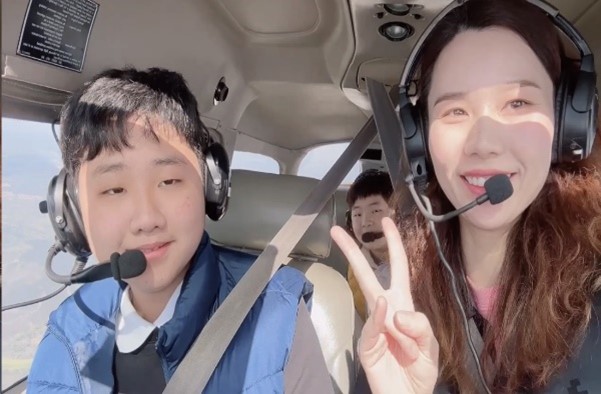 Pilots, do you remember the happiness and sense of achievement that you got after getting that Private pilot license to start off your careers? You'll also get the same feeling as you get closer to your dream as an airline pilot with an Instrument Rating and a CPL, and as you attain CFI, CFII and MEI certifications to teach budding pilot candidates. Then, is there anything us pilots can do in our daily lives to make ourselves proud outside of making money?
Pilots, do you remember the happiness and sense of achievement that you got after getting that Private pilot license to start off your careers? You'll also get the same feeling as you get closer to your dream as an airline pilot with an Instrument Rating and a CPL, and as you attain CFI, CFII and MEI certifications to teach budding pilot candidates. Then, is there anything us pilots can do in our daily lives to make ourselves proud outside of making money? Some people don’t need to be pilots.
Some people don’t need to be pilots.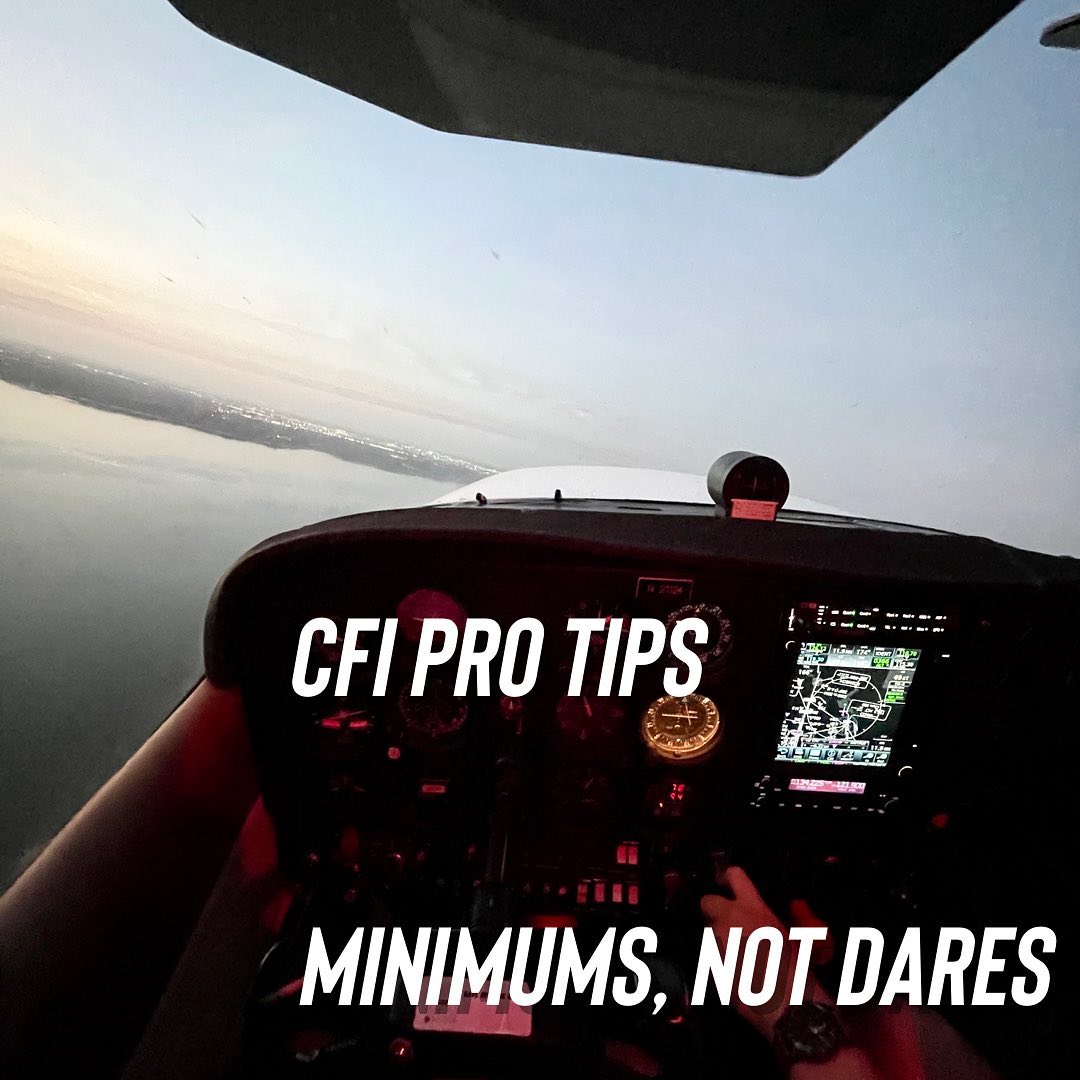 The new CFI, a client of mine, had just explained to the newly-minted instrument pilot that the proposed flight was below his personal minimums. That's the question he got in response. After a moment's silent gratitude that I'd had nothing to do with the instrument pilot's training, I told the CFI over the phone he was doing exactly the right thing.
The new CFI, a client of mine, had just explained to the newly-minted instrument pilot that the proposed flight was below his personal minimums. That's the question he got in response. After a moment's silent gratitude that I'd had nothing to do with the instrument pilot's training, I told the CFI over the phone he was doing exactly the right thing. I wish Private Pilot training would include (in the first five hours) specifically saying the words “I need to declare an emergency.” Simply say it to the instructor. Maybe use the push to talk button when the radios are off.
I wish Private Pilot training would include (in the first five hours) specifically saying the words “I need to declare an emergency.” Simply say it to the instructor. Maybe use the push to talk button when the radios are off.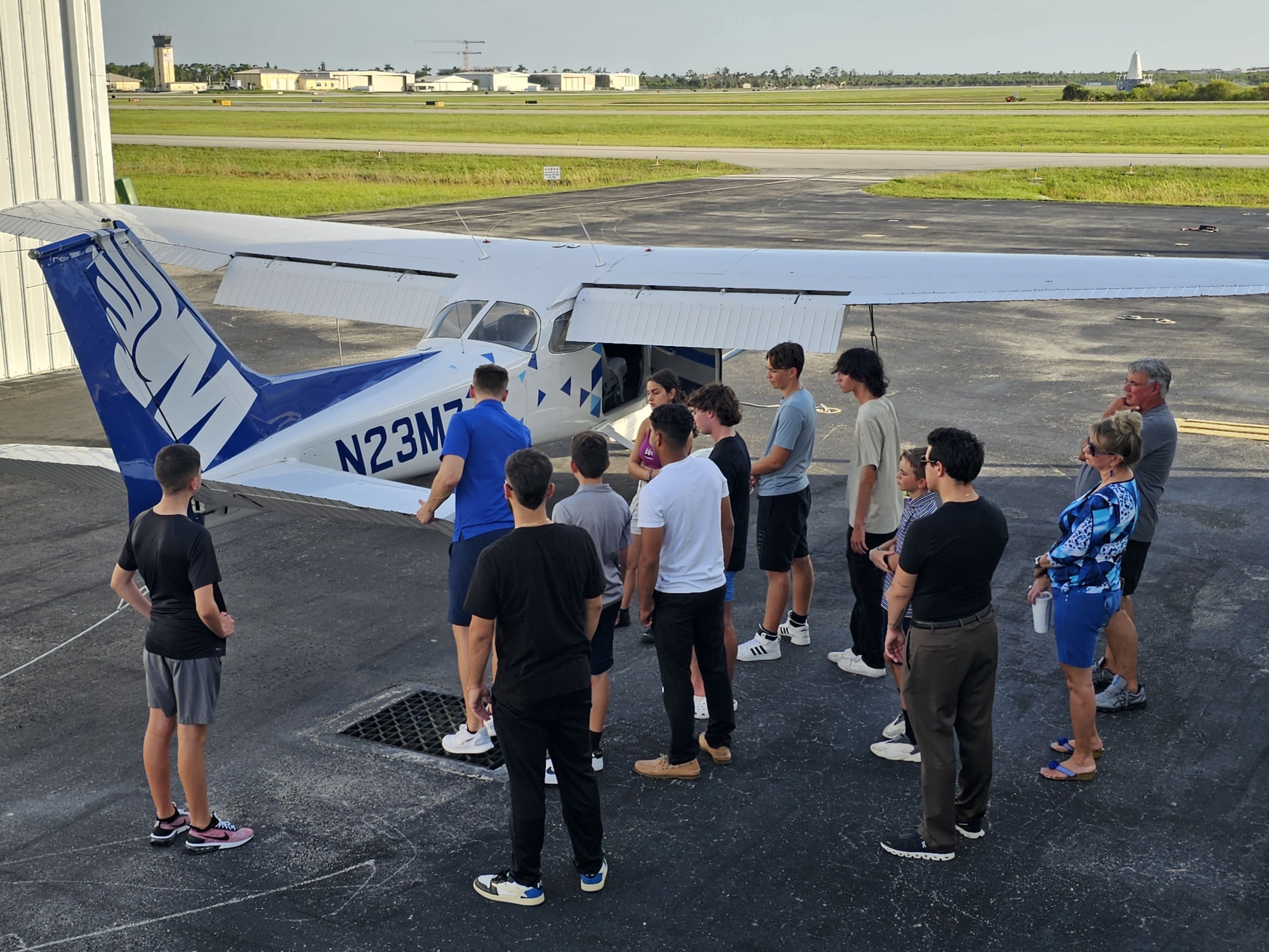 As flight instructors, we play a pivotal role in shaping the future of aviation by training a diverse group of aspiring pilots. Our training environment is enriched by learners from varied cultural backgrounds, language proficiencies, learning styles, and previous experiences. To ensure their success, we must embrace this tapestry of diversity and tailor our teaching approach accordingly. Let’s explore the top issues flight instructors must consider surrounding learner diversity and how we can foster an inclusive and supportive learning environment.
As flight instructors, we play a pivotal role in shaping the future of aviation by training a diverse group of aspiring pilots. Our training environment is enriched by learners from varied cultural backgrounds, language proficiencies, learning styles, and previous experiences. To ensure their success, we must embrace this tapestry of diversity and tailor our teaching approach accordingly. Let’s explore the top issues flight instructors must consider surrounding learner diversity and how we can foster an inclusive and supportive learning environment. Mentally we train emergencies so that we’re ready when they happen.
Mentally we train emergencies so that we’re ready when they happen. How many times have you had a student be excited to get in the aircraft and fly but when it comes to hitting the books, it's like trying to get a young child to tidy their room! For some students, it can be a slow going and tedious process complete with excuses ranging from, "I've been busy at work" or "It's hard to study at home", to "I'm not a good test taker, so it's hard for me to study"
How many times have you had a student be excited to get in the aircraft and fly but when it comes to hitting the books, it's like trying to get a young child to tidy their room! For some students, it can be a slow going and tedious process complete with excuses ranging from, "I've been busy at work" or "It's hard to study at home", to "I'm not a good test taker, so it's hard for me to study" I bring this up, not because I have some thoughts about the specifics of flight instruction this week, but more about our role in aviation. Looking back on my life, I've been fortunate enough to have been on this planet for most of humanity's achievements in space, having been born a couple of years before Sputnik was launched. Because this past week encompassed the anniversaries of both the tragic Apollo 1 fire and Challenger accidents, I wound up watching a crowd-funded movie called "Fight for Space." Fight for Space makes the point that we made it to the moon with the Apollo program and have retrenched ever since. Although I don't fully agree with one of the film's commentators, Neil DeGrass Tyson as to the reasons for this, it is something that has dismayed me.
I bring this up, not because I have some thoughts about the specifics of flight instruction this week, but more about our role in aviation. Looking back on my life, I've been fortunate enough to have been on this planet for most of humanity's achievements in space, having been born a couple of years before Sputnik was launched. Because this past week encompassed the anniversaries of both the tragic Apollo 1 fire and Challenger accidents, I wound up watching a crowd-funded movie called "Fight for Space." Fight for Space makes the point that we made it to the moon with the Apollo program and have retrenched ever since. Although I don't fully agree with one of the film's commentators, Neil DeGrass Tyson as to the reasons for this, it is something that has dismayed me. As I approached the tail section I noticed that the brisk winter wind was blowing the rudder to one side. This revealed a section above the rudder that wouldn’t normally be exposed. What I observed gave me pause. It was a tiny section of red paint on the leading edge of the rudder—again not normally exposed but for mother nature kindly displacing the rudder to reveal a little bit of this airplane’s inner beauty and former self. The red paint is left over from when the airplane used to wear TWA’s colors. Immediately Cyndi Lauper’s “True Colors” song came to mind. And I heard that song in my mind for the rest of the pre-flight. This stirred up a hornet’s nest of emotions for me, but most prominent was pride. I’ve never been a big fan of the MD-80 because I flew Boeing and Lockheed for most of my flying career. Now—after sighting the red paint—I was more proud of this airplane than ever. It made the transition with me, and somehow took on a majestic stance. This little peek at the airplane’s true colors changed my outlook that day. I started out cold and bitter, and then I became proud with song in my step. I don’t know what was more prominent—the upturn in my mouth or the tear in my eye.
As I approached the tail section I noticed that the brisk winter wind was blowing the rudder to one side. This revealed a section above the rudder that wouldn’t normally be exposed. What I observed gave me pause. It was a tiny section of red paint on the leading edge of the rudder—again not normally exposed but for mother nature kindly displacing the rudder to reveal a little bit of this airplane’s inner beauty and former self. The red paint is left over from when the airplane used to wear TWA’s colors. Immediately Cyndi Lauper’s “True Colors” song came to mind. And I heard that song in my mind for the rest of the pre-flight. This stirred up a hornet’s nest of emotions for me, but most prominent was pride. I’ve never been a big fan of the MD-80 because I flew Boeing and Lockheed for most of my flying career. Now—after sighting the red paint—I was more proud of this airplane than ever. It made the transition with me, and somehow took on a majestic stance. This little peek at the airplane’s true colors changed my outlook that day. I started out cold and bitter, and then I became proud with song in my step. I don’t know what was more prominent—the upturn in my mouth or the tear in my eye. Among the major industries disrupted by the pandemic was aviation.
Among the major industries disrupted by the pandemic was aviation.  The DPE extended his hand with a smile and with a hearty “Congratulations” and a firm handshake, he handed me my temporary certificate which had words that I had waited a long time to see, “Flight Instructor - Airplane Single Engine”. After nearly six months of studying at home, teaching over forty hours of ground instruction to members of our flying club, and spending many hours “teaching” in the air, by many accounts, I was ready. Within a week of passing my checkride I had my first discovery flight scheduled and I was anxious to jump in feet first. There was only one problem. I didn’t “feel” ready, and in fact, I felt woefully unprepared.
The DPE extended his hand with a smile and with a hearty “Congratulations” and a firm handshake, he handed me my temporary certificate which had words that I had waited a long time to see, “Flight Instructor - Airplane Single Engine”. After nearly six months of studying at home, teaching over forty hours of ground instruction to members of our flying club, and spending many hours “teaching” in the air, by many accounts, I was ready. Within a week of passing my checkride I had my first discovery flight scheduled and I was anxious to jump in feet first. There was only one problem. I didn’t “feel” ready, and in fact, I felt woefully unprepared.


